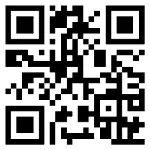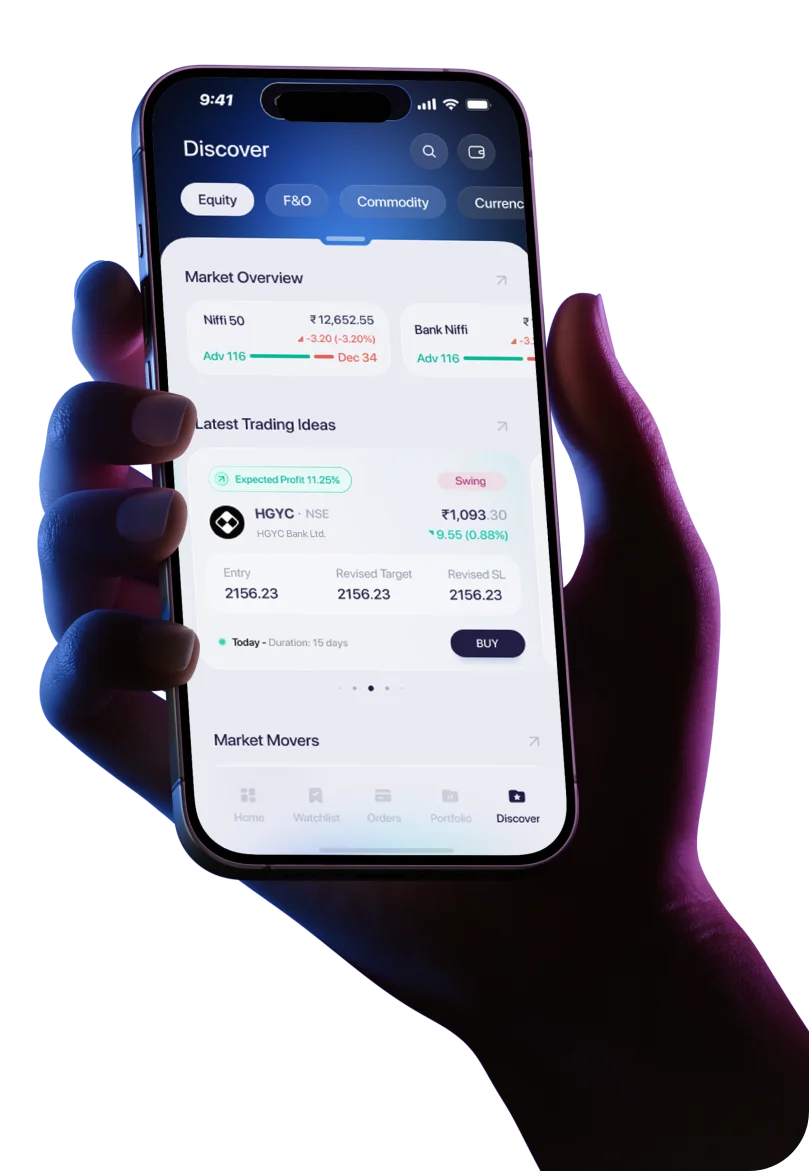Backtesting Trading Strategies
Just as a cricketer practices new shots in the nets before playing them on the field, or a soldier trains with dummy guns before entering real combat, in the market as well, an investor or trader too must test strategies before deploying real capital. In trading, backtesting serves this exact purpose — it’s the practice arena where strategies are tested against historical data to evaluate how they could perform in the actual market. It’s basically like a simulation—you apply your trading idea to historical market data to see how it would’ve performed across different market phases: bullish runs, bear markets, sudden spikes, and steep corrections. This gives traders a clearer picture of whether their strategy might work in real market conditions or just looks good on paper. While no strategy guarantees 100% success, the goal of backtesting is to assess whether the approach delivers consistent and satisfactory performance under varying conditions, market uncertainty and volatile movements. The idea is that if it worked in the past, there’s a decent chance it could work in the future, though nothing is guaranteed.
What is Backtesting in Trading?
Backtesting in trading is calculating returns and other performance parameters for entry & exit conditions setup by traders on the historical market data. This simulation of strategy criteria is to check whether, before deploying it in implementation in future trades, its execution in previous market data provides a viable positive result or not. Eg. To buy when the price crossed above the 50-day moving average and sell when it crossed below. Taking entries and exits based on this rule, for a particular range of period, into stock, derivatives, bonds, commodities etc. and calculating various parameters like profilt/(loss), return %, average gains, strike rate, profit factor, draw down, calmar ratio etc.
Backtesting trading strategies is essential for traders looking to test their methods before risking real capital. Instead of jumping straight into live trading, traders validate their strategies through backtesting. It helps them find out what works and what doesn’t without burning through actual money. There are plenty of free tools available that allow to do this. From platforms like TradingView and MetaTrader to Python libraries like Backtrader and Zipline, etc., many provide testing strategies at zero cost.
Traders use backtesting to get a feel, an objective result and confidence for how a strategy might perform in real-life trading. The idea is that if it worked in the past, there’s a decent chance it could work in the future—though nothing is guaranteed.
Backtesting helps with risk management, too. By seeing how much drawdown or loss a strategy could have, traders can prepare for worst-case scenarios by doing Valua at Risk (VaR) calculation and scenario analysis. It also helps in optimizing the strategy—tweaking parameters like stop-loss levels or moving average periods to find the best combination.
Another example, say one wants to try a moving average crossover strategy - Buy when the 50-day moving average crosses above the 200-day average and sell when it crosses below. Backtesting this on historical price charts tells you how many trades would’ve been profitable and how much return could have been made. Then instead of a 50-day moving average, 40-day or 30-day can be tried. Similarly, in place of 200-day, 250-day or 100-day can also be tried, or instead of simple moving average using exponential moving average, to evaluate which combination is providing comparatively better risk-reward proposition.
Why is Backtesting Important?
Backtesting is super important because it lets traders test out ideas without any financial risk. Imagine creating a new strategy that looks amazing on paper, but it made live and it starts losing money right away. That’s where backtesting comes to save.
A solid backtest helps to identify strategies that work over time. After a satisfactory backtest, since data is used to support decisions, trading risk gets reduced because trades are not entered blindly, but with a performance confidence.
When one knows that a strategy has performed well historically, it gives one the mental strength to stick with it during rough patches.
Experts often talk about the importance of backtesting. Books like "Trading Systems and Methods" by Perry Kaufman and research papers from quant trading circles all stress how crucial it is. They point out that many successful trading systems are built only after going through extensive backtesting.
So, whether you're a beginner or seasoned trader, backtesting is your first step before trading real money.
How to Backtest a Trading Strategy: A Beginner’s Guide
Step 1: Choose a Trading Strategy
Start with a strategy type that suits your style. Trend-following, mean reversion, momentum, and breakout strategies are popular choices. Define the rules clearly—like entry conditions, stop-loss levels, and profit targets.
Step 2: Select a Backtesting Tool
There are several free tools available:
- TradingView: Great for visual backtesting with built-in strategy tester.
- MetaTrader 4/5: Has a strategy tester built-in for automated trading systems.
- Python: Libraries like Backtrader and Zipline are powerful for coding your own strategies.
Step 3: Gather Historical Data
Get market data of previous trading sessions as per the timeframe you want to trade and the period of backtest. Backtest period should be sufficiently large to include various market cycles, but at the same time it should not stretch to periods causing a regime switch problem. Data sources include Yahoo Finance, Google Finance, Quandl, and built-in data from TradingView and MetaTrader.
Step 4: Set Up Entry & Exit Rules
Clearly define when you’ll enter and exit a trade. This could be based on indicators like RSI, MACD, moving averages, price action etc.
Step 5: Run the Backtest
Apply your strategy to the historical data and see how it performs. Run it over multiple time periods to ensure it’s not just working in one specific phase.
Step 6: Analyze the Results
Look at key metrics like:
- Net Profit/Loss
- CAGR
- Profit Factor
- Win rate (percentage of winning trades)
- Risk-reward ratio
- Maximum drawdown
- Sharpe Ratio
- Equity curve outperformance over benchmark
This step helps you determine whether your strategy is actually viable.
Free Tools for Backtesting Trading Strategies
If you're looking for backtesting trading strategies free, these tools are excellent places to start:
1. TradingView
Easy to use, great for beginners
Visual interface with built-in strategy tester
Limited customization unless you code in Pine Script
2. MetaTrader 4/5
Comes with Strategy Tester for Expert Advisors (EAs)
Good for Forex and CFDs
Can be complex for beginners to code
3. Python Libraries
Backtrader: Highly customizable, good documentation
Zipline: Used by Quantopian, great for equities
Requires programming knowledge, but offers powerful flexibility
Each tool has its pros and cons. For non-coders, TradingView is super friendly. If you’re into algorithmic trading and comfortable with Python, Backtrader gives you full control.
Common Mistakes in Backtesting & How to Avoid Them
Backtesting is powerful, but it’s easy to make mistakes that give misleading results.
1. Overfitting
This happens when you tweak your strategy too much to fit historical data perfectly. It may perform well in the past but fail in the future. It’s like preparing for an exam by memorizing answers from the previous year’s paper instead of truly understanding the concepts—you may pass the test once, but you’re not ready for what comes next. To avoid overfitting, keep the strategy simple and test it on out-of-sample data. The real skill lies not in perfectly fitting past data, but in building strategies that can survive and adapt to whatever the future throws at them.
2. Ignoring Costs
Many beginners forget to include slippage, trading cost, commissions, or spreads. These can seriously affect profitability. When doing backtest, opening price or closing prices or value weighted price would have been used, but in actual execution transacting on those precise price levels becomes practically difficult, leading to variance with backtested performance. Therefore, an allowance for slippage cost, trading cost etc. should be also incorporated.
3. Testing in Only One Market Condition
If you only backtest during bull markets, you won’t know how your strategy performs in a crash. Always test across different market phases. Use statistical models like conditional VaR, stress test, adjust the significance level to incorporate possible impact on the strategy performance under critical times.
To avoid these mistakes, keep your strategy rules clear, account for all costs, and test across a wide range of historical conditions.
Backtesting: Better Practices
Training data and Test data
Separation of training data and test data helps to address a case where a strategy is too finely tuned to past data and fails to perform in new situations. Training data, or development data, is the portion of historical data used to design and optimize the strategy. Test data or validation data is an unseen dataset reserved solely for evaluating performance.
Out-of-sample backtesting
Where a strategy is built using an "in-sample" period—say, market data from 2015 to 2020— then test it on data it hasn’t seen, such as from 2021 to 2024. If the strategy performs well on this new, unseen data, it indicates the approach is likely more robust. This is crucial because a strategy that only performs well on known data may crumble under real-world conditions.
Incorporate different market phases
A well-rounded backtest should include different phases of the market to evaluate how the strategy behaves across various conditions. These include bull markets, bear markets, sideways consolidations, and periods of high volatility such as financial crises or geopolitical shocks. Testing across such diverse market regimes allows you to identify whether the strategy is adaptable or if it only works in very specific scenarios.
Monte Carlo Simulation
Traditional backtesting on historical data has limitation due to its dependence on a fixed chronological sequence and lack of randomness. It may not fully capture the wide range of possible future market scenarios. To overcome this, a statistical technique called Monte Carlo Simulation can be employed. This method generates a large number of random outcomes for key variables (such as share price, volatility, or interest rates) within a defined range or distribution. By simulating thousands of possible future paths, Monte Carlo analysis helps evaluate how a strategy might perform under diverse and unpredictable market conditions. However, this method can suffer from statistical distribution flaws.
Conclusion
Backtesting is an essential discipline for any serious trader or investor. It acts as your first line of defense—helping you filter out poor strategies, understand potential risks, and gain the confidence needed before committing real capital. The best part? Today’s tools make backtesting more accessible than ever, often at little to no cost. But to truly benefit, it’s not just about running simulations—it’s about doing it right. Adopt a structured, step-by-step approach, be mindful of common pitfalls, and apply better practices to ensure your strategy is both resilient and realistic. In a world where markets can turn on a dime, a well-tested strategy could be the difference between reacting blindly and responding with conviction.




 Easy & quick
Easy & quick
Leave A Comment?